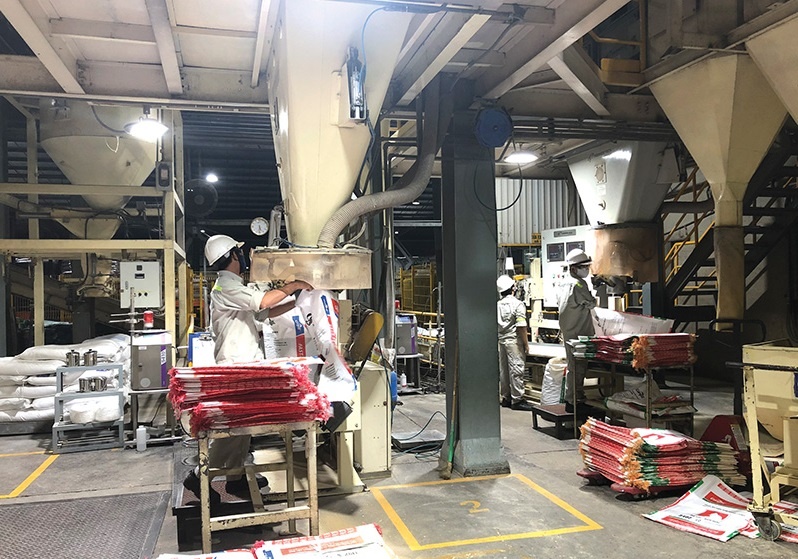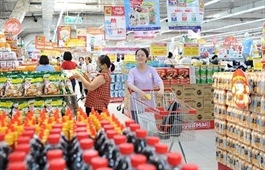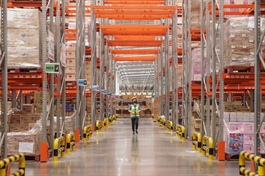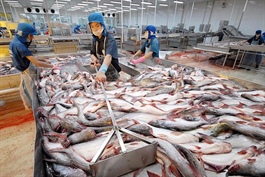Material prices strike domestic feed groups
Material prices strike domestic feed groups
Supply shortages, with global uncertainties including the Russia-Ukraine clash escalating, are driving Vietnam’s animal feed production sector into bigger difficulties as a large part of raw materials are sourced from these two markets.

Almost all the animal feed producers in Vietnam, including CJ Vina Agri, Cargill, and Japfa Comfeed Vietnam, have had to adjust the selling prices of feed products to offset the increasing momentum of imported materials.
Le Van Long, head of animal feed at Japfa Comfeed’s northern branch, told VIR, “The company currently has to suffer either a loss or zero profits in its feed segment because of the dramatic rise in import material prices. During recent months, the company’s cost for imported materials hiked 6-7 per cent, while the feed products’ selling price was adjusted to increase by 3 per cent.”
“If the producers continue to increase the prices, they will not be able to sell the products to farmers, thus the unsold product volume will be fulfilled in the warehouse,” Long added.
The company forecasts that its feed capacity in Q1 of 2022 will decrease by 10 per cent on-year because of the fall in demand. At Japfa, 40 per cent of feed products are served for the company’s breeding activity, meanwhile, and the remainder is distributed to the market.
Statistics published by the Department of Livestock Production (LPD) under the Ministry of Agriculture and Rural Development (MARD) showed that in the first two months of this year, imported soybean prices increased by 21 per cent, raw corn 9 per cent, soybean oil 22 per cent, and fish paste 11 per cent. Feed producers have adjusted the selling price 10 times since the end of 2020.
Duong Tat Thang, director of the LPD, said that one of the reasons impacting the materials for feed production is the big hikes in prices of animal feed materials in the global markets currently affected by the conflict between Russia and Ukraine, which lead the world in the export of wheat and corn. These two countries currently make up 29 per cent of exported wheat and 19 per cent of exported corn worldwide.
The General Statistics Office (GSO) said that the total of Vietnam’s wheat and corn turnover imported from Russia and Ukraine are 20 and 3 per cent, respectively.
In 2021, Vietnam spent nearly $5 billion importing animal feed and related raw materials, signifying a rise of 28.4 per cent on-year, according to the GSO.
The major suppliers of animal feed and raw materials to Vietnam are Argentina, the United States, Brazil, and the European Union. Argentina is the largest import market with a total cost of $1.66 billion or 33.6 per cent of the total, an increase of 7.8 per cent on-year, followed by the US with a turnover of $817.6 million.
The dependence on imported raw materials leading to an unexpected impact on the domestic livestock industry is a chronic issue because Vietnam only produces rice bran and cassava, and has failed to develop areas to grow feed inputs because of poor productivity, while the animal feed supply chain is not comprehensive enough.
Thus, being proactive in domestic material issues for feeding livestock is deemed a requirement that needs the participation of both government agencies and enterprises. It is also an urgent requirement in the context that Vietnam’s import demand for corn and grain by-products for animal feed will triple over the next 10 years. Corn will account for the majority, while the rest will be wheat and barley, reflecting the trends of the meat industry.
The MARD proposed the government reduce import tax for animal feed, including from 5 to 3 per cent for corn and from 5 per cent to zero for soybeans. The ministry is also building a draft decree on improving the efficiency of livestock production this decade and implementing a strategy on livestock production development during the same timeframe, which was approved by the prime minister in 2020.





















